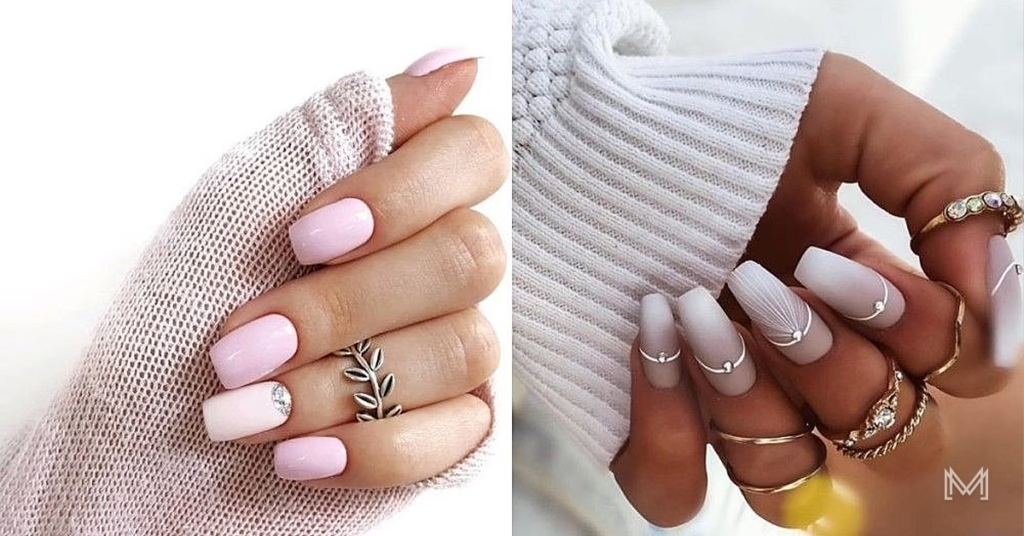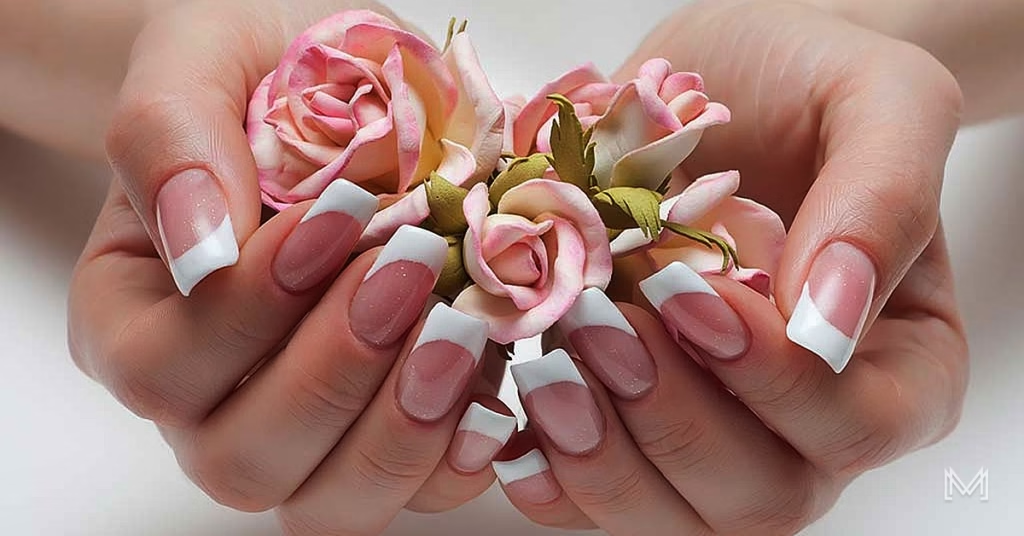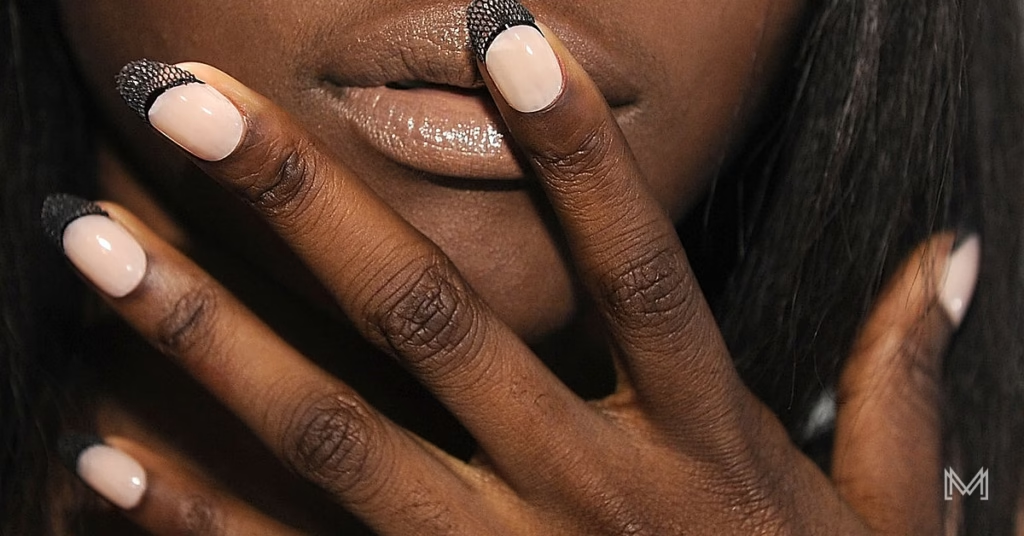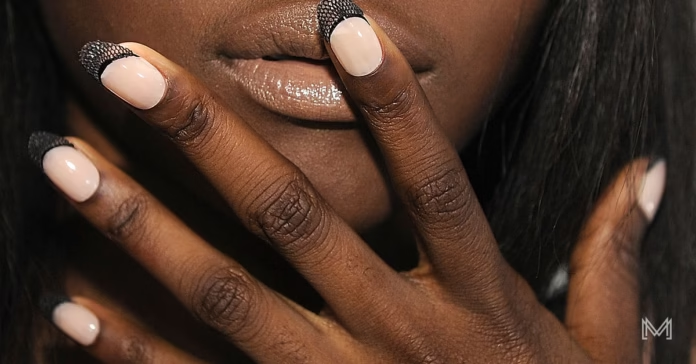How to Start a Nail Business in South Africa: 6 Step Guides
South Africa’s beauty industry is thriving, and nail artistry has emerged as one of its most dynamic and profitable niches. Trends like gel extensions, acrylics, and nail art are dominating social media feeds. This has caused the demand for skilled nail technicians to skyrocket. For young entrepreneurs, particularly women, starting a nail business offers a low-barrier entry into entrepreneurship. Success requires more than just a steady hand and a passion for polish. In this guide, we explain how to start a nail business in South Africa. You will learn how to hone your craft. We also show how to scale your brand in a competitive market.
The Rise of Nail Artistry in Mzansi
South Africa’s beauty sector contributed over R50 billion to the economy in 2023. Nail services accounted for a growing share. Urban centres like Johannesburg, Cape Town, and Durban have seen a surge in nail salons. At the same time, townships and rural areas increasingly embrace at-home technicians. The appeal is clear: nails are a form of self-expression, and clients are willing to pay premiums for quality. Nonetheless, with low startup costs inviting fierce competition, standing out demands strategy, skill, and savvy marketing.

Step 1: Master the Craft—Experience Is Non-Negotiable
Before investing in glitter and gel polish, perfect your technique. Many aspiring nail technicians underestimate the complexity of the craft, leading to chipped nails, uneven designs, and dissatisfied clients. “I’ve seen too many startups fail because they prioritised speed over skill,” says Thandi Nkosi, a Johannesburg-based salon owner. “Clients won’t return if your work doesn’t last.”
Clients won’t return if your work doesn’t last
Formal Training vs. Self-Taught Routes
Institutions like Durban Beauty School or Cape Town Nail Academy offer formal courses. These courses cost between R5,000 and R15,000, providing structured learning. Nonetheless, not everyone can afford them. Alternatively, apprenticeships under experienced technicians offer hands-on training. If self-teaching, practice relentlessly use friends and family as “guinea pigs,” but be transparent about your learning phase. Offer free sessions in exchange for feedback, treating supplies as an educational expense.
Stay Updated on Trends
Follow global and local trends via Instagram hashtags like #MzansiNails or #SANailArt. Techniques like chrome finishes, 3D embellishments, and minimalist designs are now trending. Invest in online tutorials or workshops to stay ahead.
Step 2: Choose Your Workspace – Home Salon or Shopfront?
Your operating location impacts visibility, credibility, and overhead costs. Let’s weigh the options:
Home-Based Salons: Affordable but Limited
Starting from home slashes expenses no rent, utilities, or commuting. Platforms like Facebook Marketplace and Instagram make it easier to attract local clients. Yet, home salons often struggle with scalability. “Clients associate home businesses with’side hustles,’” says Lusanda Mbeki, a Pretoria nail entrepreneur. “Charging premium prices becomes harder unless your work is exceptional.”
Commercial Spaces: Invest in Visibility
A salon in a high-traffic area like a mall, CBD, or suburban strip boosts walk-ins and perceived professionalism. For example, renting a small studio in Johannesburg’s Braamfontein averages R7,000–R13,000 monthly. While risky for beginners, foot traffic can justify costs. Tip: Negotiate short-term leases or shared spaces with other beauty professionals to reduce risk.

Step 3: Legalise Your Business – Compliance Matters
Operating informally seem tempting, but registration builds trust and unlocks opportunities. Here’s how to legitimise your venture:
Register with CIPC.
The Companies and Intellectual Property Commission (CIPC) lets you register a sole proprietorship for R125. This grants a business name and number, enabling you to open a business bank account (separating personal and company finances).
Health and Safety Compliance
Local municipalities need health permits for commercial salons. Make sure tools are sterilised, workspaces are hygienic, and products meet South African Health Products Regulatory Authority (SAHPRA) standards. Non-compliance risks fines or closure.
Tax Registration
Register for SARS income tax and VAT (if turnover exceeds R1 million annually). Hiring an accountant simplifies compliance and avoids audits.
Step 4: Build Your Brand – Marketing in the Digital Age
With over 25 million South Africans active on social media, digital platforms are indispensable for nail businesses.
Social Media Mastery
- Instagram & TikTok: Post high-quality photos and reels of your work. Use geotags (e.g., #JoburgNails) and collaborate with micro-influencers.
- Facebook Groups: Join local community groups (e.g., “Cape Town Beauty Lovers”) to share promotions.
- Google My Business: Optimise your profile for local searches like “nail salon near me.”
Treat every nail as a canvas—your reputation depends on it.
Leverage Word-of-Mouth
Offer referral discounts for example, “Refer a friend, get 20% off your next set.” Encourage reviews on Google and HelloPeter.
Offline Strategies
Distribute flyers in nearby offices or partner with hair salons for cross-promotions. Attend pop-up markets or bridal expos to showcase your artistry.
Step 5: Pricing – Balance Profit and Accessibility
Pricing too low devalues your work; pricing too high alienates budget-conscious clients. Research competitors for example, basic manicures in Durban average R150-R250, while intricate designs cost R400-R800. Consider tiered pricing:
- Budget Tier: Simple manicures for students or first-time clients.
- Premium Tier: Luxury services with add-ons like hand massages or gemstones.
Step 6: Scaling Your Business
Once established, explore growth avenues:
- Mobile Services: Offer home visits for busy professionals.
- Product Sales: Retail nail polishes, cuticle oils, or DIY kits.
- Training Workshops: Monetise your skill by teaching aspiring technicians.
Conclusion: Nail Your Entrepreneurial Journey
Start a nail business in South Africa is a blend of artistry and entrepreneurship. While competition is fierce, passion, professionalism, and persistence can carve out a loyal clientele. As Cape Town-based entrepreneur Zinhle Khumalo advises, “Treat every nail as a canvas your reputation depends on it.”

FAQs: Start a Nail Business in South Africa
How much does it cost to start a nail business?
Cost to start a nail business home-based startups can launch with R3,000–R10,000 (tools, supplies, marketing). Commercial salons need R50,000+ (rent, deposits, equipment).
Do I need a qualification to become a nail technician?
Legally, no but certifications from accredited courses boost credibility.
How do I handle difficult clients?
Clear communication is key. Offer fixes for genuine complaints but set boundaries against unreasonable demands.
Which brands are popular in SA?
OPI, Essie, and The GelBottle Inc. are client favourites. Local brands like ORLY are also gaining traction.
Where can I source quality nail products in South Africa?
Reliable suppliers are critical for professional results. There are several local beauty wholesalers. Evelyn’s Beauty Distributors (Johannesburg), Cape Beauty Supplies (Cape Town), and Durban Beauty Warehouse stock trusted brands. Some of these trusted brands are OPI, CND, and Gelish. Online platforms like Takealot and Faithful to Nature also offer authentic products. Avoid cheap, unverified imports counterfeit polishes or gels can damage nails and harm your reputation. For bulk orders, reach out directly to SA-based distributors like Nail Revolution SA. You can also attend beauty expos like Africa’s Big 7 to negotiate deals.
Got questions or tips for aspiring nail entrepreneurs? Share your thoughts in the comments below! For more business guides, visit Mzansi Magazine.

